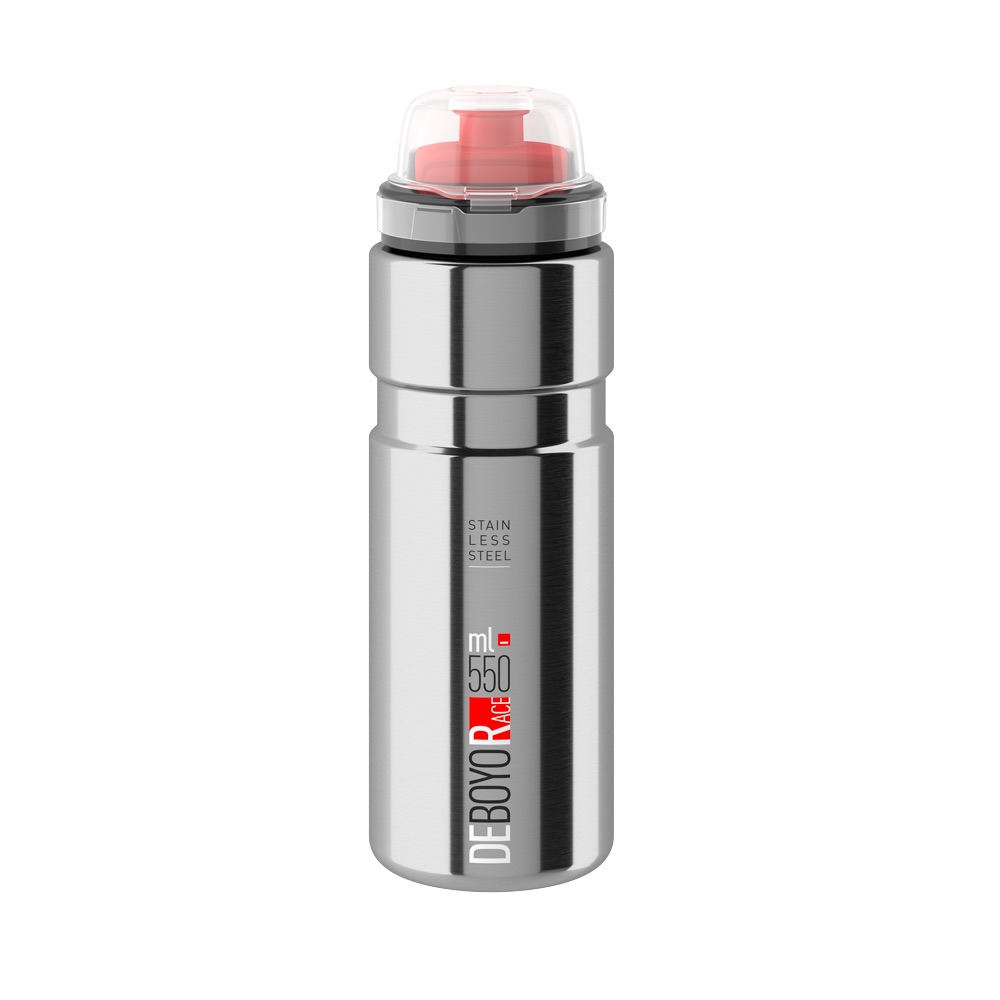Intermittent fasting and sports

Intermittent fasting can be combined with sports, but requires careful planning and attention. This approach involves concentrating the “feeding window” in a small number of hours, typically 6 to 8 hours, leaving long periods without food consumption.
Intermittent fasting can have benefits for body composition, such as increased fat loss and improved body composition.
However, it is important to consider that prolonged fasting can cause the body to use muscle as an energy reserve, compromising the growth and maintenance of muscle mass.
For athletes, the most popular protocol is 16/8 fasting, which involves fasting for 16-20 hours and a period of access to food of 8-4 hours. During the fasting window, it is possible to train, preferring strength training, light aerobics, fast HIIT or mobility training, such as yoga. On the contrary, it is advisable to practice endurance, failure or prolonged training during the feeding window.
It is important to emphasize that intermittent fasting is not suitable for all athletes, especially those who perform sports at a competitive level, due to the risk of using the muscle as an energy reserve.
Before approaching this practice, it is advisable to plan it carefully with a competent professional to avoid risks to health and performance.
In addition, it is necessary to consider any professional work hours that could be added to those dedicated to sports activity, and the risk of independently following an intermittent fast can lead to a disordered diet, with the risk of eating too little or eating meals that are too large and difficult to digest.









